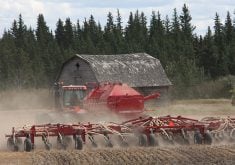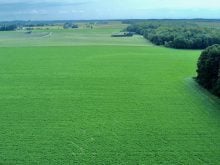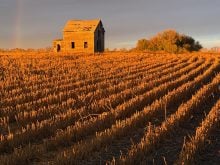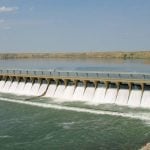The 2011 growing season got off to a slow start in Alberta, but a long fall brought good to excellent yields and crop quality across much of the province.
Dry conditions in the Peace River region and wet, cool conditions in central and southern areas caused farmers early concern, but few acres were left unseeded in the final tally, said Alberta Agriculture crop specialist Neil Whatley.
He said chemical companies likely had a good year because moisture conditions favoured the development of disease, such as sclerotinia and blackleg in canola, ergot and stripe rust in wheat and ascochyta blight in pulse crops, he said.
Read Also
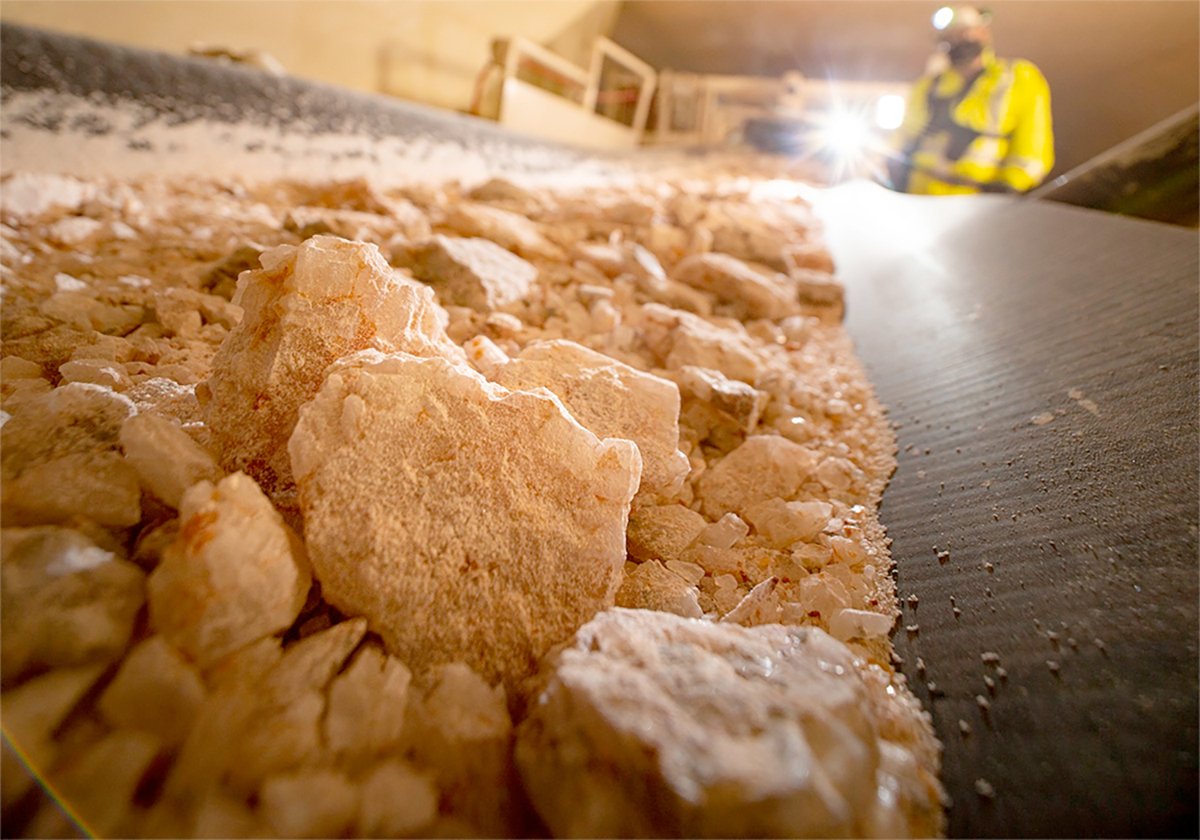
Saskatchewan looks to expand trade in Indonesia
Saskatchewan intends to increase its agricultural partnership with Indonesia.
However, crop quantity and quality prevailed if growers were able to apply fungicides in a timely fashion.
Agriculture minister Evan Berger deemed it a successful crop year.
“Through the first half of 2011, Alberta had the highest farm cash receipts in Canada, totalling $5.2 billion,” he said in December.
Premier Alison Redford put agricultural exports at $6.7 billion for 2010, adding that the industry employs about 70,000 people.
Whatley said crop disease and insect specialists are still tallying the tolls taken on crops this year. Results are expected in early January.
A long, open fall proved beneficial for harvest. Worries about an early frost did not materialize.
Excessive moisture early in the season caused numerous problems for farmers and rural municipalities when fields and roads were inundated with surface water that was slow to drain.
Brian Brewin, reeve for the Municipal District of Taber in south-central Alberta, said more than 200 roads were flooded in the MD this spring, forcing it to put infrastructure upgrading plans on hold to fix the damage.
“We spent the entire year repairing back to what we had,” he said.
“Our goal was to get as many roads open as we could for harvest. For the most part, we did it.”
Similar work was needed in most rural municipalities across the south.
Brewin said farmers’ efforts to drain land so that they could seed taxed municipal ditches that weren’t designed for heavy water drainage. Many irrigation ditches were flooded, having been designed to carry water from reservoirs to fields rather than manage excess water drainage.
“It put everybody against everybody, that was the sad part this spring,” he said.
“It had municipalities against municipalities, it had Alberta Transportation draining into farmers’ fields, one farmer draining into another farmer’s field and really putting people at odds against each other.”
Alberta Environment reported that a large area around Grande Prairie and a pocket around Lethbridge had much above normal precipitation between May 1 and Aug. 31 with more than 130 millimetres.
A swath extending from Peace River through Drayton Valley, Red Deer, Sundre and High River also had above average precipitation in excess of 110 mm in the same period.



